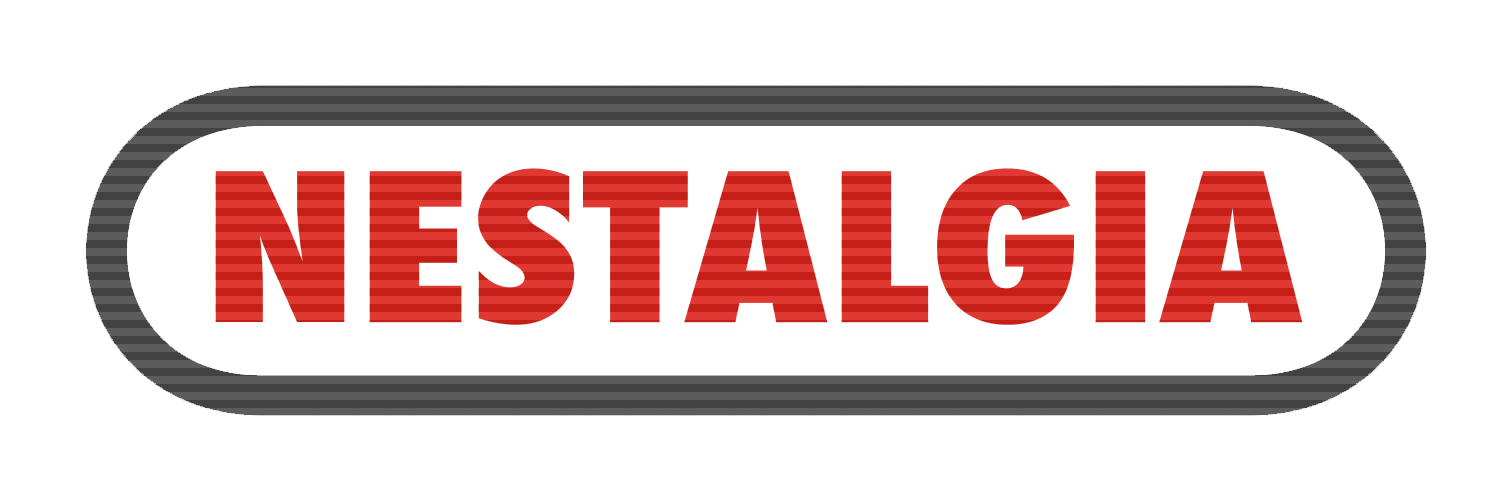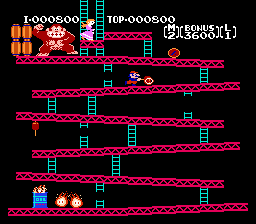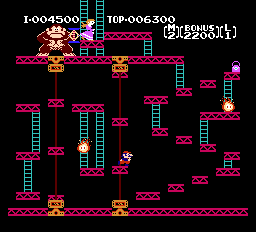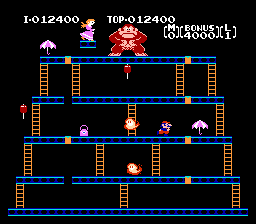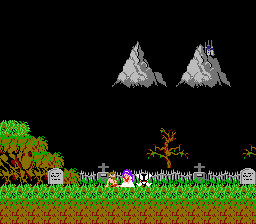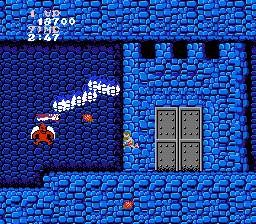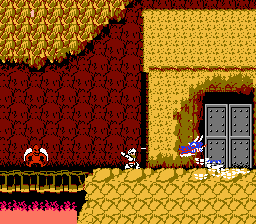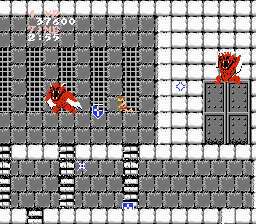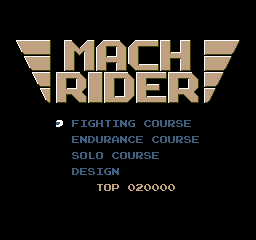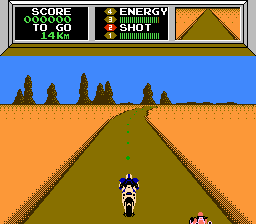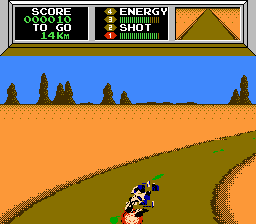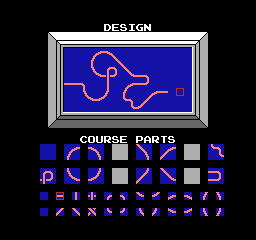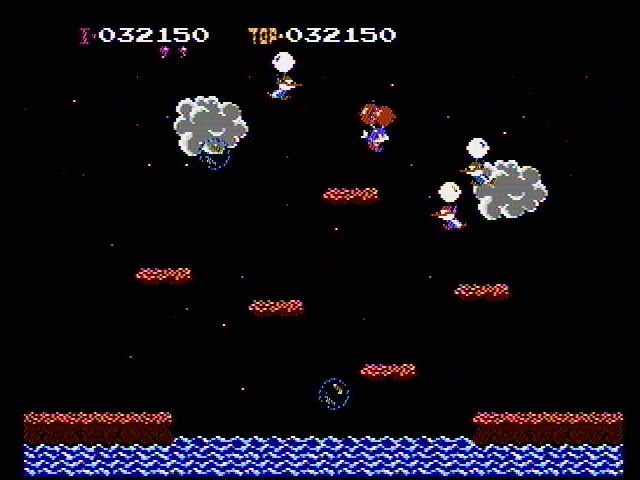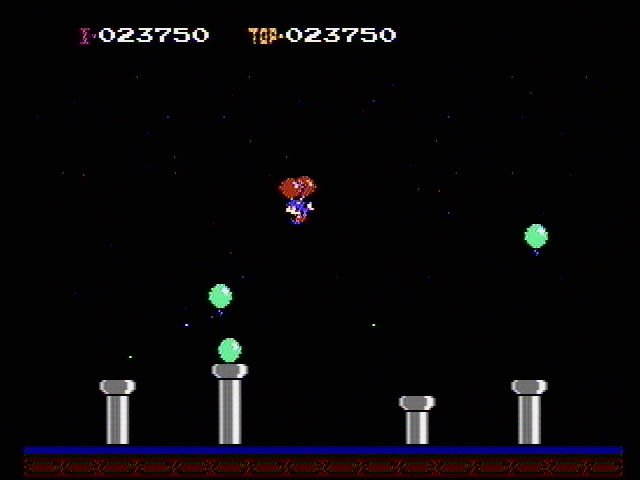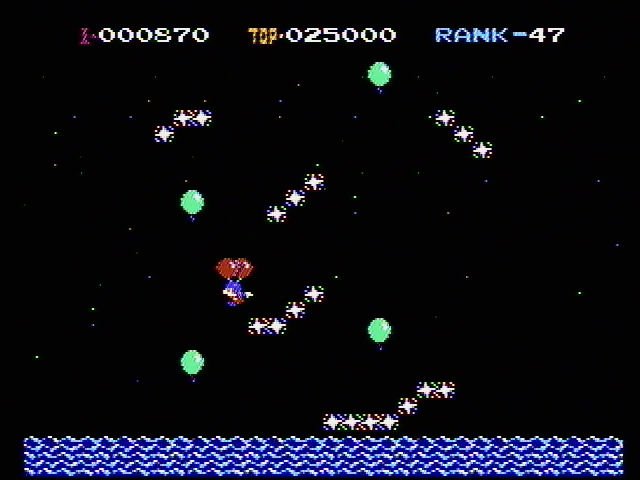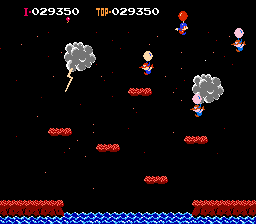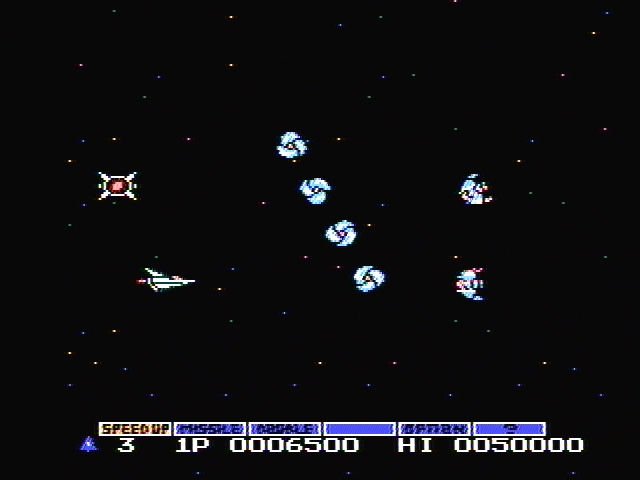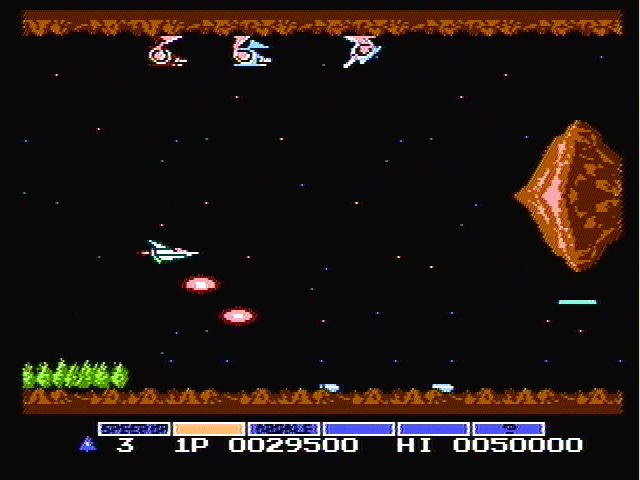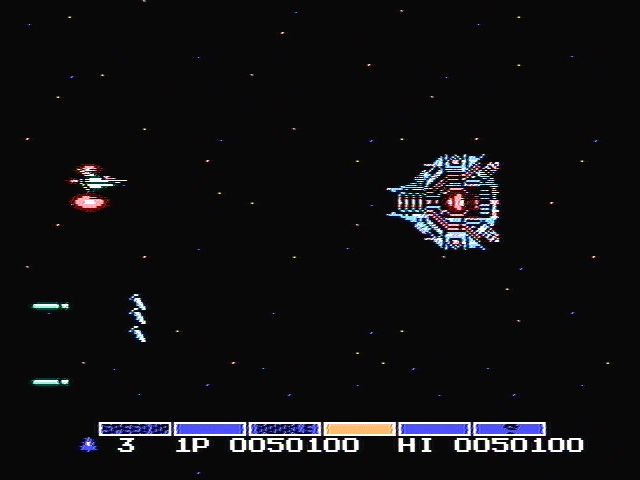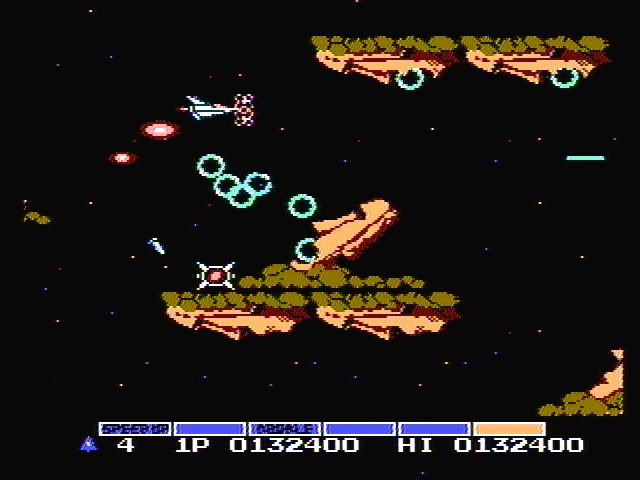The Top 5 NES Games of 1986
PRELUDE
As we come to the close of another year in the NES lifespan, I’m shocked at how quickly it came and went. 1985 was only met with the release of the 17 launch games. 1986 adds only an additional 19 games to the console. The stats in a nutshell are quite interesting so let’s take a look:
Games Released - 19
First Party - 8
Third Party - 11
Genre with Most Games - Arcade (Platforming)
Titles added to the Essential Games List - Balloon Fight, Gradius
So what are the takeaways when looking back at 1986 over 30 years later? I think there are a few: Arcade games being ported to the NES is the most profitable/successful venture for both Nintendo and Third Parties, the NES is only really just starting to take off in America, and Nintendo wasn’t nearly as strict with quality control as the Nintendo Seal implies.
Many of the games released this year were arcade games and for good reason. Donkey Kong which came out in 1980 was able to find new life six years later for the novelty of playing in your home. Just like Pac Man, Donkey Kong had also seen very quick releases on early video games consoles like the Atari 2600 and the ColecoVision, but those versions could never compete with the arcade versions enough to warrant replacing them. Now, with a console designed around playing a “mean game of Donkey Kong” the consumer finally felt a comparable experience to playing in the arcade. The success of Donkey Kong AGAIN proved not only to Nintendo, but to third party developers that they would be much better off bringing there most popular arcade games to the NES for the American consumer. I’m not pretending like these games weren’t already made for the Famicom, but it’s the release schedule that dictates the narrative. At this point the Famicom Disk System is out and there are so many games that can be converted and brought over to America, there’s a reason the ones that came to the West happened to be mostly Arcade games.
The NES soft launched in October of 1985 in NYC. In June of 1986 the console would finally be available in every toy store in America; both Nintendo and consumers couldn’t have been happier. Readers were writing into the big computer gaming magazines of the time asking for more info about NES and the games they were seeing reported, the hunger for a new console after the crash was met with a lot of praise. Since this is the first real year of the NES it comes to no surprise that Nintendo wasn’t ready to open the flood gates and deliver Kid Icarus, Legend of Zelda, and Metroid (all games that came out in 1986 in Japan, but would wait until 1987 to make it West), instead they approached the release with cautious optimism and focused on titles that were already known sellers in Japan and in the arcades.
Nintendo would never be able to support the console all on their own. The success of the NES would require many types of games and that kind of demand meant the necessary inclusion of Third Party games. Nintendo knew that parents (and gamers as a whole) would be very skeptical of a new game console after the market was flooded with so much garbage just three years earlier. The solution? The Nintendo Seal of Quality. This was the company’s guarantee that the game you were buying was tested by Nintendo and met their standards of what was acceptable for gaming. That’s a pretty bold statement, but if you look at what Nintendo had put out in their lifespan so far it was a worthy claim. A company that has delivered such a variety of games that were almost all met with critical praise and quarters would bolster at least a small confidence within the industry and investors. However, looking back 30 years later the situation seems a little different. Are games like Tag Team Wrestling, M.U.S.C.L.E, and Chubby Cherub really up to the same standards as Super Mario Bros and Balloon Fight? You can fight me all you want on this one, but I really do think those games are broken and were probably not worth playing even in 1986. All of Nintendo’s third party additions in 1986 were Japanese companies. Data East and Bandai offer a worrisome look at what the future of the NES might be, while Capcom and Konami smash onto the scene only one and two months later with games that are arguably right up there with Nintendo’s best stuff. Regardless, the flood gates will be open soon so I wouldn’t really count on that Quality Seal beyond this.
I’m not going to get into what 1987 will be like. A quick look on Wikipedia offers Legend of Zelda, Metroid, Kid Icarus, Mega Man and Castlevania. I think that’s all you really need to know for now, but we will be doing a Best of 1987 when we finish that year as well…albeit much further away than this episode.
#5
- DONKEY KONG
Nintendo R&D 1
Donkey Kong is still one of my favorite arcade games of all time. There's something so vibrant and energizing about playing it. I didn't grow up with the Donkey Kong Country games so for me this is what I thought of Donkey Kong outside of his random appearances in Mario Party and other sports games. It's really crazy to me how much Miyamoto gets right in his very first attempt at designing a video game. It's nowhere near perfect, but clearly demonstrated that he had a vision for the future of gaming.
If you don't have access to an original Donkey Kong cabinet at your local bar or arcade, the NES version should scratch that itch. It's incomplete; only three of the four stages are included; but the actual gameplay is essentially the same. Other shortcomings include the lack of intro sequence, in which Donkey Kong wrecks the construction site that becomes Stage 1 (25m), and a shortened version of the "ending" in which Mario and Pauline live happily ever after until the next level, where (spoiler) she has been kidnapped again. This game still has enough character to be enjoyed today, but specifically the NES version isn't special enough to be essential. However, if you're in any way interested in videogame history, playing the game in a cabinet certainly is essential.
#4
- Ghosts ‘N’ Goblins
Capcom
What can you say about a game so famously frustrating and challenging that it's practically a meme in video game culture now. For starters, I think the game is grossly over-represented as impossible. Impossible to beat? Well the best of NES players have proven that wrong, but even to the dedicated players it's certainly possible to try. Here's the frustrating thing about Ghosts 'N Goblins: Outside of a few poor choices of level design, the entire reason you can't beat this game is because of your own skill. Pour in the insane amount of hours you put into a modern day JRPG and I would have a hard time believing you're not at the very least improving (slowly but surly).
While the game does a decent job of seeming difficult but fair, there are some glaring gameplay flaws. Several of the weapon pick ups have no real purpose and can actually be a burden if you accidentally pick them up (which happens a lot), they didn’t quite get the jumping and platforming down which can lead to some frustrating deaths, and…SPOILER ALERT: it makes you beat the entire game twice! That’s right, even if you reach the final level, before you can officially beat the game you have to go through every painstaking level a second time if you want to face the final boss.
There's so much more to this game than just difficulty. It gets the "horror" atmosphere and tone down tight a whole year before Castlevania makes its debut in the West. Enemies are so strong and dangerous that at times the situation can be genuinely frightening from a fun P.O.V. There's such variety in how to tackle situations and the idea of "picking your battles" that I often find the design of the game more inspiring than hard. I couldn't let this onto the essential games list because I can't imagine the idea of grinding (without player progression) fun in this day and age, but I think a gamer who thinks highly of his ability should definitely be humbled (and eventually overcome) Ghosts 'N Goblins.
#3
- Mach Rider
Nintendo R&D 2
Mach Rider is unlike anything we've seen on the console so far. It has a Nintendo polish, but feels nothing like a Nintendo game. YOU are Mach Rider in a Dystopian Future fighting the "Quadrunners" throughout the wasteland. What a cool idea that Nintendo hasn't really attempted again. In many ways Mach Rider feels like a precursor to another currently defunct franchise, F-Zero. F-Zero blew fans away on the Super Nintendo since it was a launch title that showed off the power of the "Mode 7" 3D graphics. While that was impressive, I still think Mach Rider doing it on the NES is even more impressive. Of course, it's not completely polished and is sometimes difficult to avoid obstacles, but I don't think it's so bad that it should be looked down on. There is enough variety in the modes (Fighting/Endurance/Solo/Design) while still keeping the core gameplay the same that the game remains rewarding to those willing to continue playing. Gear switching is a little useless, but a neat mechanic.
#2
- Balloon Fight
Nintendo R&D 1
This game has now become closely associated with the late Satoru Iwata and for good reason. Iwata figured out a way to make movement fun, unique, and responsive in a way that very few 2D games have iterated on. Sure that’s probably because most 2D games don’t involve balloons being tied to the player’s head (but I wouldn’t mind a Balloon Knight - A Shovel Knight spinoff), but there’s something to be said about an 8-bit game making you actually feel the weight and float of your character in a way that isn’t just challenging. Balloon Fight benefits most from it’s pick up and play nature. I think it’s a great fit for Nintendo Switch Online because the only reason you’re likely to play Balloon Fight these days is for multiplayer or spur of the moment satisfaction. Multiplayer with the Switch Online has made it easier than ever to enjoy Balloon Fight since I can be in my bed and you can be…well wherever you are! Spur of the moment gameplay is great because Balloon Fight isn’t really a game we have seen reiterated or remade, if you’re itching to play Balloon Fight than your best bet is still the 1986 classic, Balloon Fight!
#1
- Gradius
Konami
Is this a surprise? Maybe for some, but if you’ve been listening to the show for a while it’s easy to see that we are in love with Gradius. All of the games that come before it in this list are fun short games that today feel more or less like mini games when compared to modern gaming. Grades on the other hand delivers a full experience across 7 stages that all feature unique design, enemies, layout, and bosses. Your task is to maneuver the Vic Viper through an all out war as you SHOOT THE CORES down to get closer to defeating the bacteria armor. It’s the control of the Vic Viper that makes this game special and we’re not talking about the movement. The ability to actually customize your ship in a costly way (better items require more risk and longer periods of time to activate) gives the player choice in a video game that we haven’t really seen in the NES before. Ghost ‘N Goblins let you have different weapons, but it never let you decide at which particular moment you wanted that weapon. Super Mario Bros. only ever rewarded player choice in terms of exploration. Gradius builds its upgrade system around that and challenges you to figure out what you need for a specific situation. It’s risky and sometimes game breaking (especially in later stages), but it pays off big time. Pour on some awesome music, moai heads, upside down volcanoes, an iconic catchphrase and you’ve got the most complete game we’ve seen on the system since Super Mario Bros.
